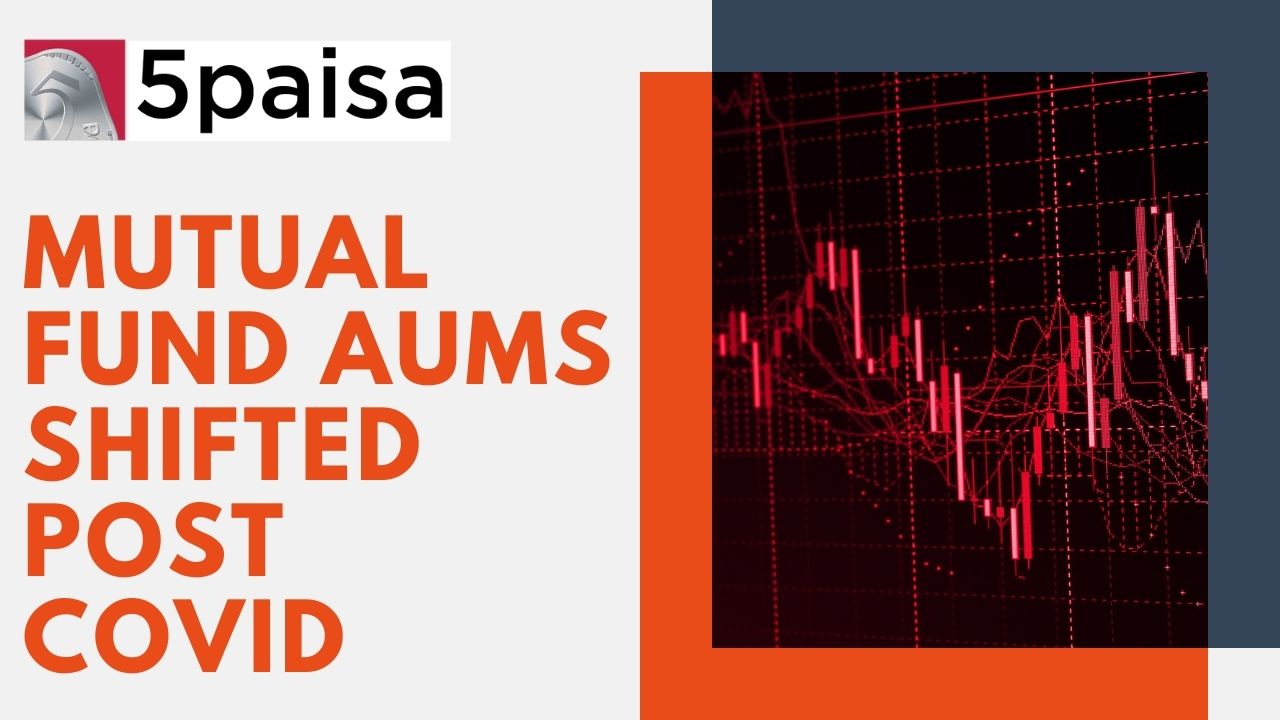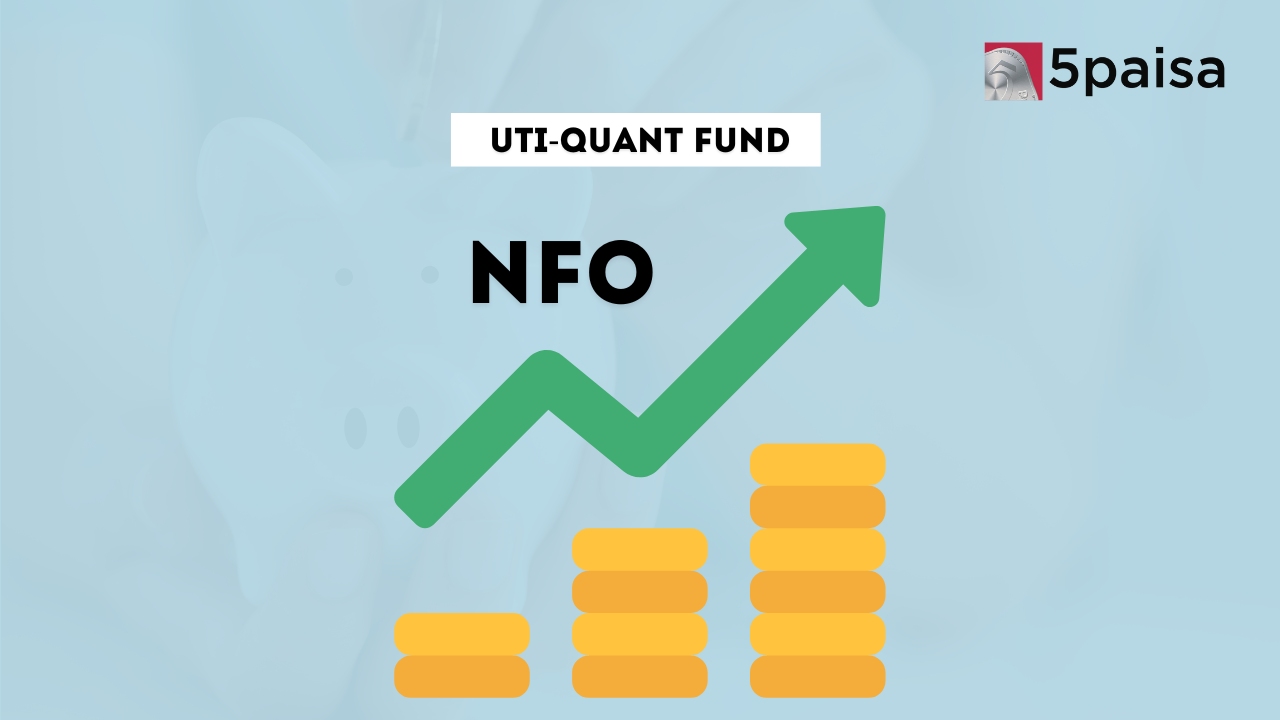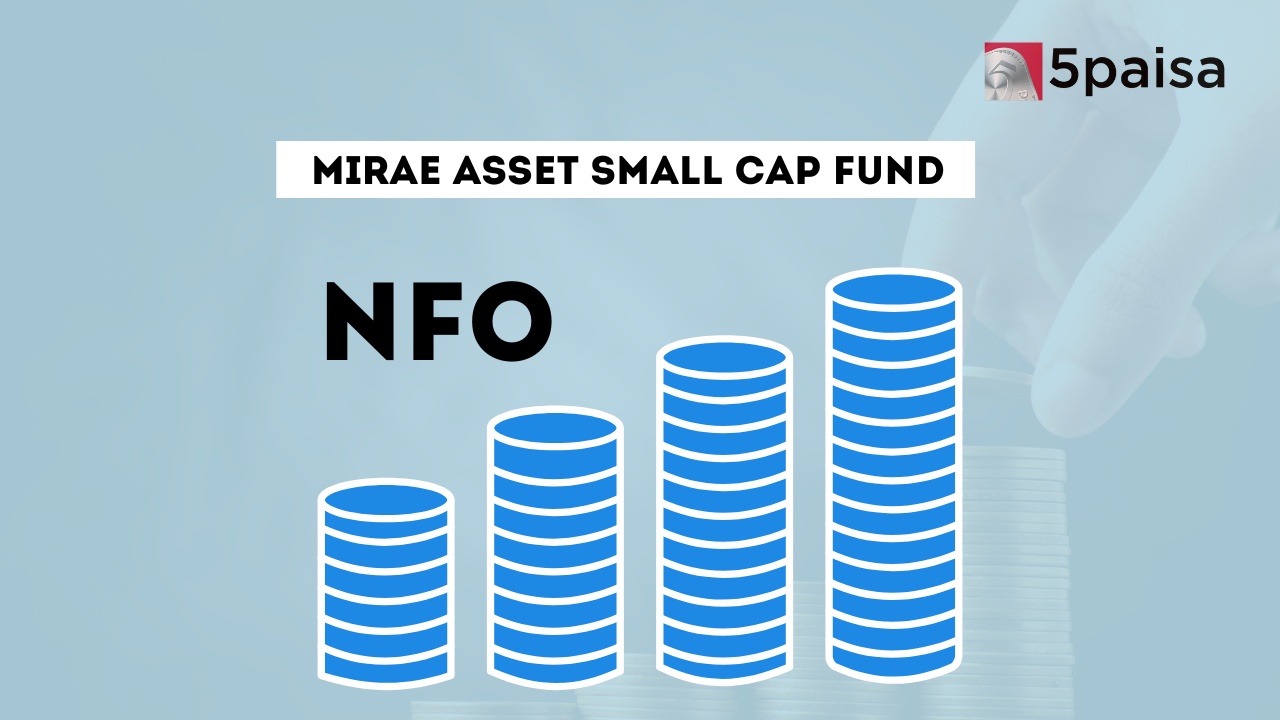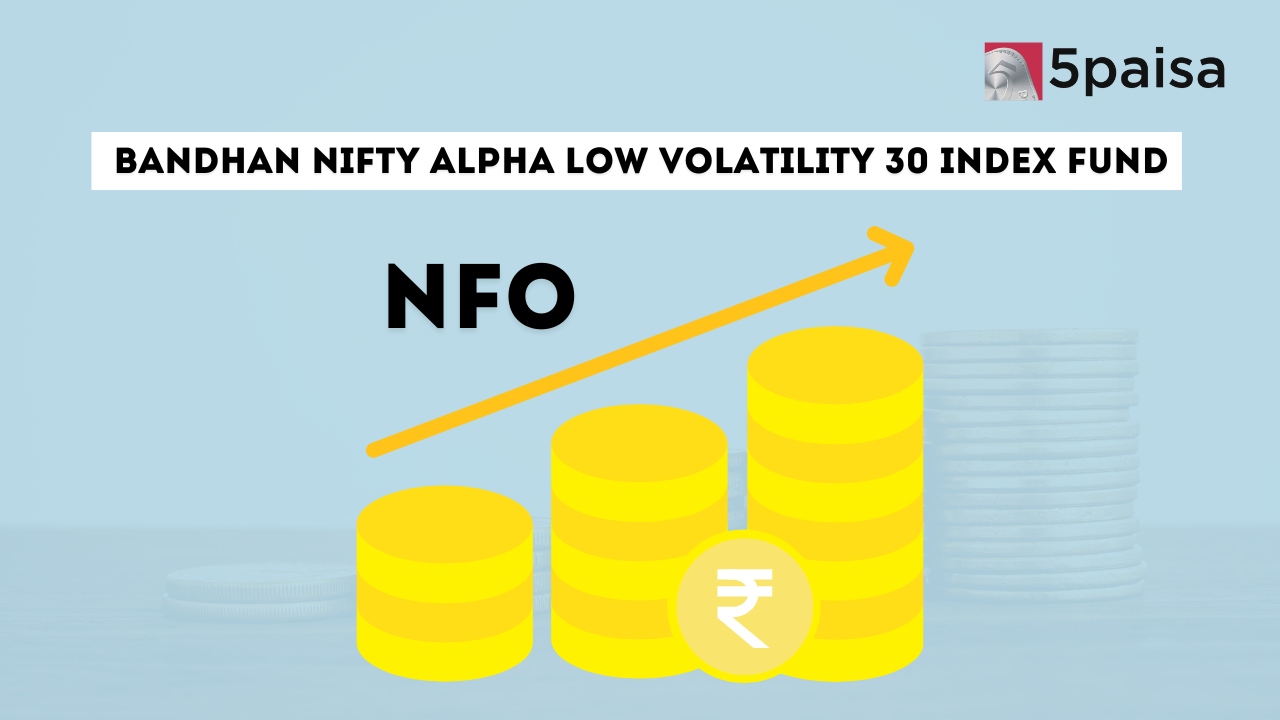UTI Quant Fund – Direct (G) : NFO Details
How have Mutual Fund AUMs shifted post the COVID-19 pandemic?

Last Updated: 22nd April 2023 - 10:57 pm
The COVID pandemic was almost like a turning point for the economy and the markets. It is now exactly over 3 years since the Nifty and Sensex made a bottom around the last week of March 2020 and started the post-COVID recovery. A lot has changed in the Indian markets since then. For starters, the equity markets have rallied to new highs and have held there despite bouts of corrections. Foreign portfolio investors started investing with a bang and infused billions of dollars into India in the post COVID scenario. However, FPIs have been net sellers for over 18 months now. But, the big shift that has happened in the financial inclusion as far as equity markets and equity participation is concerned. There has not only been rapid growth in equity participation, but also in mutual fund flows.
But have the mutual fund flows been uniform. Not exactly! If you look at the mutual fund AUMs post the COVID pandemic, there are some very interesting trends that are emerging. But first let us look at the overall macro picture. Between March 2020 and March2023, the mutual fund AUM grew a full 77% from a level of Rs22.26 trillion to Rs39.42 trillion. This can be largely attributed to a bounce in the markets but also substantially was accounted for by fresh flows into mutual funds. Add to it, the folios have also expanded to give a retail boost to volumes. Within the overall macro mutual fund flow trend, the sub-trend is not too surprising. The AUM of open ended funds is up 90.6% between March 2020 and March 2023 but the AUM of closed ended funds is down -80.5%. Now for trends in specific categories.
Investors are getting wary of discretionary debt funds
This is a very interesting trend that is visible in the post COVID scenario. The AUM of the long term and long duration lock-in debt funds have actually gone up sharply. What has gone down is where there is a lot of discretion in debt fund management. Check the table below tracking all categories of debt funds growth between March 2020 and March 2023.
|
Income / Debt Funds |
AUM (Mar-23) |
AUM (Mar-20) |
3-Year Growth |
|
Long Duration Fund |
8,798 |
1,670 |
426.95% |
|
Gilt Fund 10-year-D |
3,760 |
941 |
299.38% |
|
Gilt Fund |
21,458 |
9,285 |
131.11% |
|
Money Market Fund |
1,08,468 |
57,017 |
90.24% |
|
Floater Fund |
52,989 |
32,490 |
63.09% |
|
Dynamic Bond Fund |
29,287 |
18,116 |
61.66% |
|
Corporate Bond Fund |
1,30,767 |
81,730 |
60.00% |
|
Overnight Fund |
95,626 |
80,174 |
19.27% |
|
Banking and PSU Fund |
80,517 |
72,476 |
11.10% |
|
Ultra-Short Duration |
79,123 |
72,226 |
9.55% |
|
Low Duration Fund |
86,693 |
81,371 |
6.54% |
|
Liquid Fund |
3,32,498 |
3,34,725 |
-0.67% |
|
Short Duration Fund |
91,239 |
93,444 |
-2.36% |
|
Medium Duration Fund |
27,091 |
28,290 |
-4.24% |
|
Medium / Long Duration |
8,895 |
9,805 |
-9.28% |
|
Credit Risk Fund |
24,776 |
55,381 |
-55.26% |
|
Debt Funds Total |
11,81,982 |
10,29,142 |
14.85% |
Data Source: AMFI (AUM amounts in Rs crore)
The growth in the AUM of the debt funds in the last 3 years since the COVID recovery started is compelling and also revealing. Out of the 16 categories of debt funds, 11 categories of debt funds have seen 3 year growth in AUM while 5 funds have seen 3 year contraction in AUMs. However, the overall AUM of debt funds in the last 3 years is up 14.9%, which is nothing to write home about, but not as bad as one envisages.
Let us first look at the categories that drove positive growth in debt fund AUMs since the COVID lows. Fund categories like long duration funds, 10-year gilt funds and government securities funds saw growth in AUM. Investors are willing to bet that rates are close to topping out and are now willing to commit to longer term and longer duration lock-ins. That can also help them ride the capital gains story when the yields start falling.
However, as we said earlier, de-growth is visible where there is too much of fund manager discretion. For example, AUMs of Credit Risk funds fell over 55% since the COVID crisis, and this was largely an outcome of the Templeton fiasco. AUM is also lower for short duration funds and medium duration funds, where there is substantial fund manager of discretion offered. Investors are getting less comfortable with such ideas.
Equity fund AUMs (post-COVID) have moved in search of alpha
If one looks at the table below, there is an interesting shift happening in the equity funds in terms of the AUM shift since March 2020. Remember, growth in AUM is impressive across all categories, but there are still some sub-trends that can be decipihered.
|
Equity Funds |
AUM (Mar-23) |
AUM (Mar-20) |
3-Year Growth |
|
Dividend Yield Fund |
13,994 |
3,282 |
326.39% |
|
Small Cap Fund |
1,33,384 |
35,832 |
272.25% |
|
Sectoral/Thematic Funds |
1,72,819 |
49,844 |
246.72% |
|
Large & Mid Cap Fund |
1,27,842 |
42,972 |
197.50% |
|
Mid Cap Fund |
1,83,256 |
65,805 |
178.48% |
|
Multi / Flexi Cap Fund |
3,09,020 |
1,13,908 |
171.29% |
|
Focused Fund |
98,673 |
39,072 |
152.54% |
|
Value Fund/Contra Fund |
90,584 |
39,460 |
129.56% |
|
Large Cap Fund |
2,35,760 |
1,13,541 |
107.64% |
|
ELSS |
1,51,751 |
74,791 |
102.90% |
|
Equity Funds Total |
15,17,082 |
5,78,508 |
162.24% |
Data Source: AMFI (AUM amounts in Rs crore)
What is this big story we are talking about? The AUM movement suggests a strong preference for the alpha oriented stories. Investors are liking stories like small-cap funds, mid-cap funds, thematic funds, sectoral funds etc. But, the interest in large cap funds is not too strong. It looks like the excitement of index is better captured by the passive index funds and index ETFs at a much lower cost. We will understand that shift better when we look at how the AUM of passive funds have shifted.
Real big story is the shift to passive funds
The table below captures what Jack Bogle of Vanguard said many years ago, “why look for a needle in a haystack, when you can buy the entire haystack.” Now for the story.
|
Passive Funds |
AUM (Mar-23) |
AUM (Mar-20) |
3-Year Growth |
|
Index Funds |
1,67,517 |
8,089 |
1970.92% |
|
Fund of funds (Overseas) |
22,991 |
2,734 |
740.82% |
|
Other ETFs |
4,84,277 |
1,46,463 |
230.65% |
|
GOLD ETF |
22,737 |
7,949 |
186.03% |
|
Passive Funds Total |
6,97,522 |
1,65,235 |
322.14% |
Data Source: AMFI (AUM amounts in Rs crore)
The AUM of passive funds has grown 322% in the post-COVID period and that is one of the real incredible stories. It is not just about low base, but about people discovering the virtues of passive investing. While the alpha hunters still plump for mid-caps and small caps, the large cap investors find index funds and index ETFs a good proxy for large cap funds. That is the way it, perhaps, should be.
- Flat ₹20 Brokerage
- Next-gen Trading
- Advance Charting
- Actionable Ideas
Trending on 5paisa
01
 5paisa Research Team
5paisa Research Team
06
 5paisa Research Team
5paisa Research Team
Mutual Funds Related Articles
Disclaimer: Investment in securities market are subject to market risks, read all the related documents carefully before investing. For detailed disclaimer please Click here.




